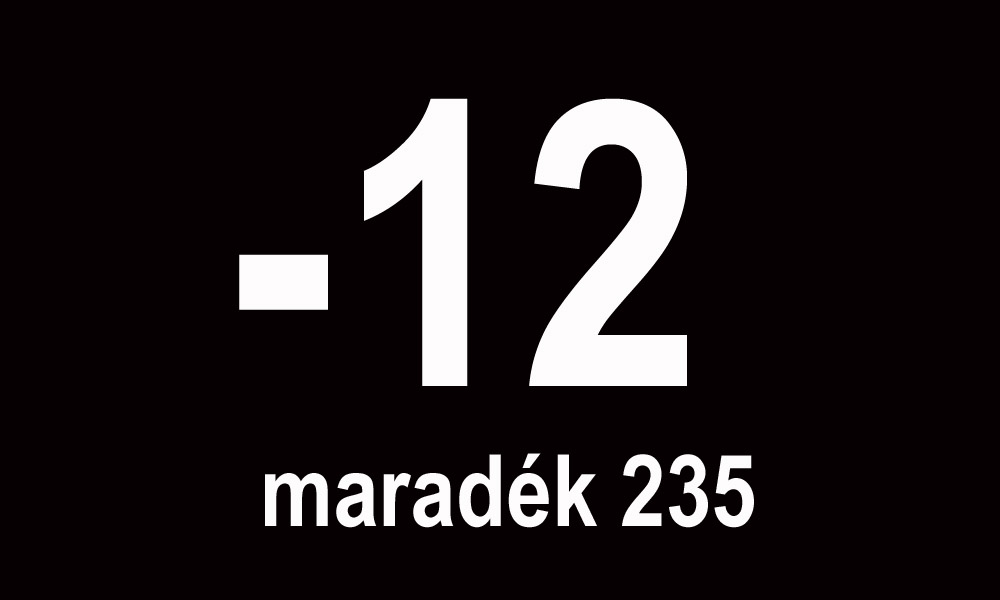In 2010, Hedvig Turai, Allan Siegel and I put together an overview of diverse aspects of the Hungarian art scene. What gave urgency to providing an update so soon is that within just a few years, the cultural landscape has undergone significant change. Fidesz, the conservative right-wing party, has been in power for three years now in Hungary, gradually transforming the country into an isolationist, ethno-nationalist, authoritarian state not unlike Russia.
Concerning the post-Cold War world, Jürgen Habermas’s notion of a “post-national constellation” seems to be an outcome of wishful thinking, since despite the recurring prognosis of the death of nations and nationalism in our globalized world, the oppressors have returned with a vengeance and with updated, invigorated methods. Thus, the problems of nationalism and ethnic conflicts are not gone–as was expected with the end of the bloody Balkan wars–they just appear in different forms, or rather they have many faces and do not come in a one-size-fits-all format. Nationalism cannot be located exclusively in the post-socialist countries. It is also apparent in Europe’s modern democratic welfare countries, such as France, Denmark and Finland, and even appears in the most multicultural and open-minded countries, such as the Netherlands. One could say that today the specter of nationalism is haunting Europe. The trajectory and scale might be very different, but the imminent danger of its aim is to restage societies along idealized, homogenous conceptions of the nation as a means to cope with the fear and insecurity of global financial capitalism. Nationalism thrives towards hegemony and, thus, aims to control all fields of society, including culture and art. As Marita Muukkonen puts it “a hegemony is always characterized by the need to keep the codes’ exclusive translation to itself, to restrict all interpretation to a single meaning, if necessary by force (all totalitarianism, all fundamentalism), thus effectively, and violently, putting a stop to communication.”
Our case study of Hungary, presented via a series of podcast interviews with various cultural players, can be regarded as a close examination of the process of aggressive invasion of the nation-state into the field of culture and art in a country on the extreme pole of post-socialist nationalisms. Since 2010, Fidesz (which holds a two-thirds majority in Parliament) has authoritatively transformed the social, economic and cultural fields, assuring state control over all segments of society through changes in the legislative system, centralizing institutional structures, replacing professional officials with party commissars and, at the same time, eliminating democratic accountability and participation. Following different segments of society — the media, education, health care, and social welfare — the invasion has recently reached culture, including the film industry, theater, cultural heritage and the visual arts. Since the complete survey of the cultural field is beyond our scope, this introduction and the following podcasts focus exclusively on the visual arts, their institutional changes and stakeholders.

I will sketch out the recent condition of culture and cultural policymaking, providing a framework and background to the podcasts, the references to which will be woven into the text. Giving voice to as many active agents of the scene as possible was a conscious decision. Thus, twelve art professionals will speak about the state of Hungarian culture, sharing their knowledge, opinion and personal feelings about different aspects of the issues at hand.

 MMA countdown – Free Artists welcomes the resigned MMA-members!
MMA countdown – Free Artists welcomes the resigned MMA-members! TRANSZPARENCIÁT!
TRANSZPARENCIÁT!